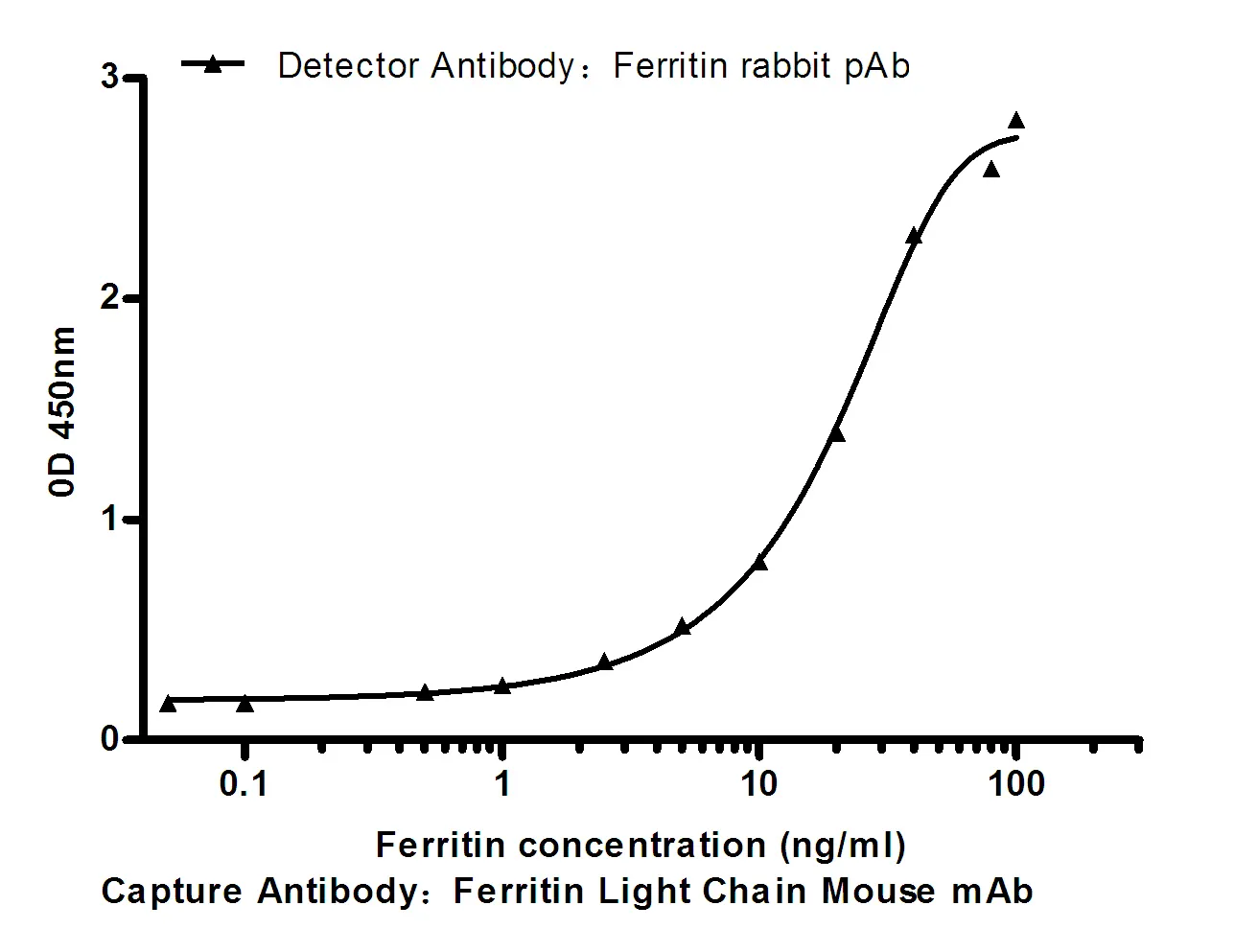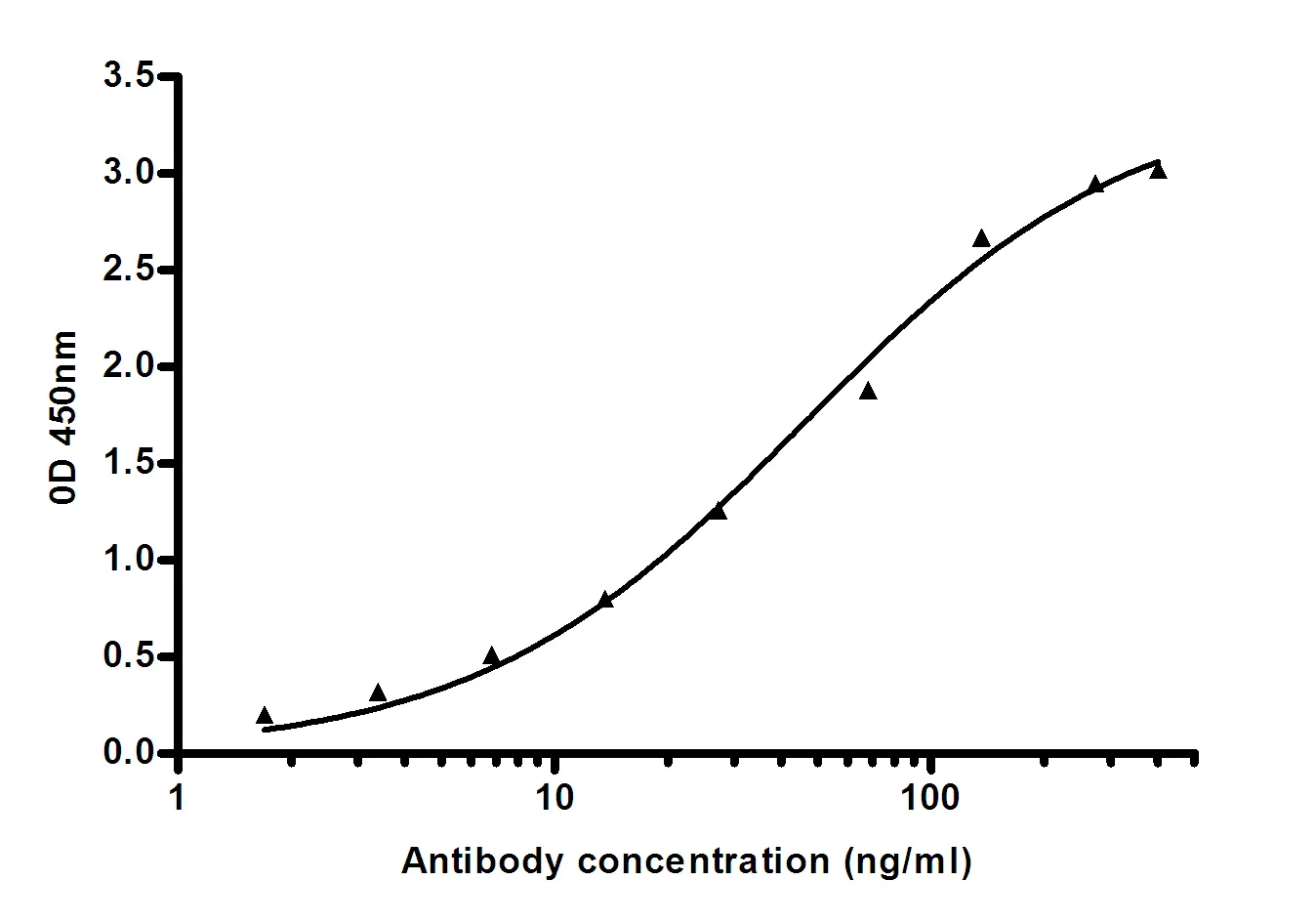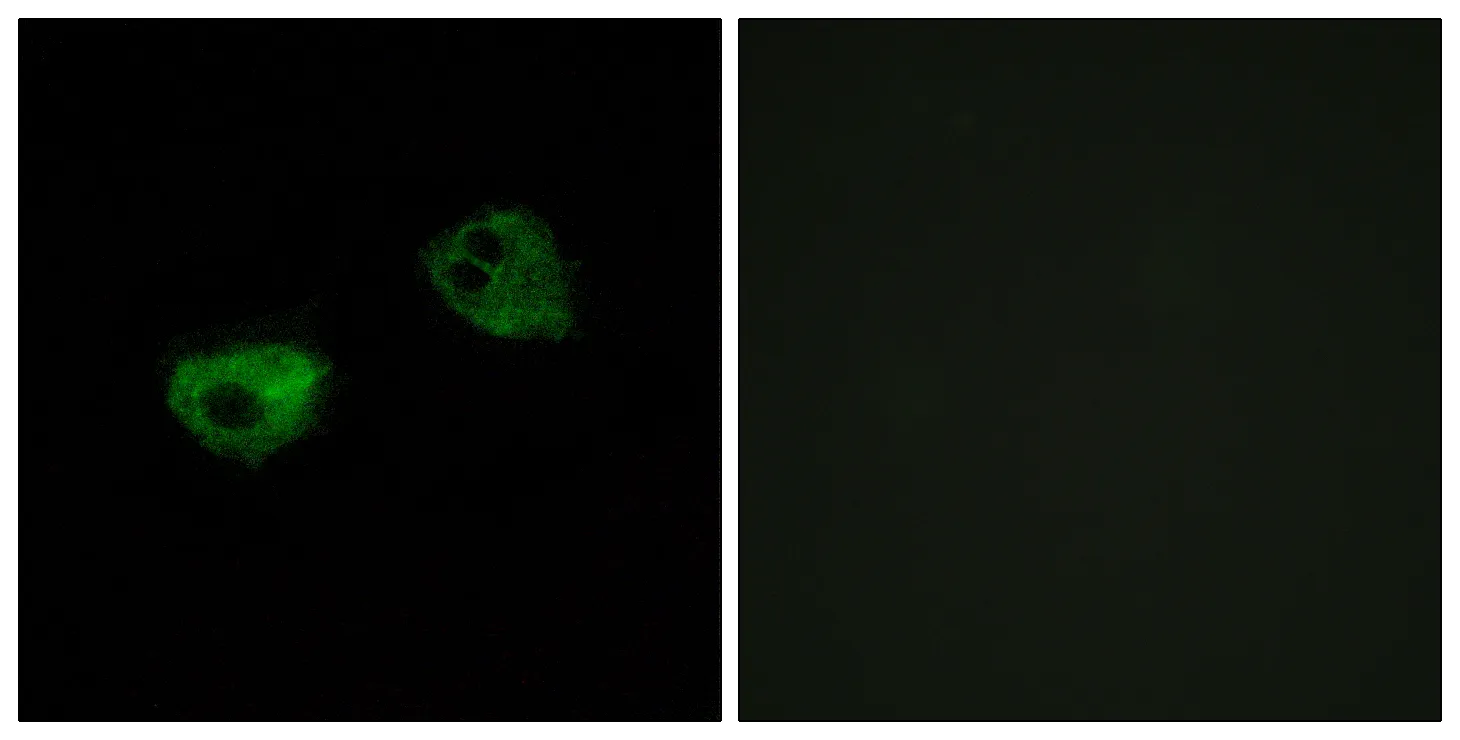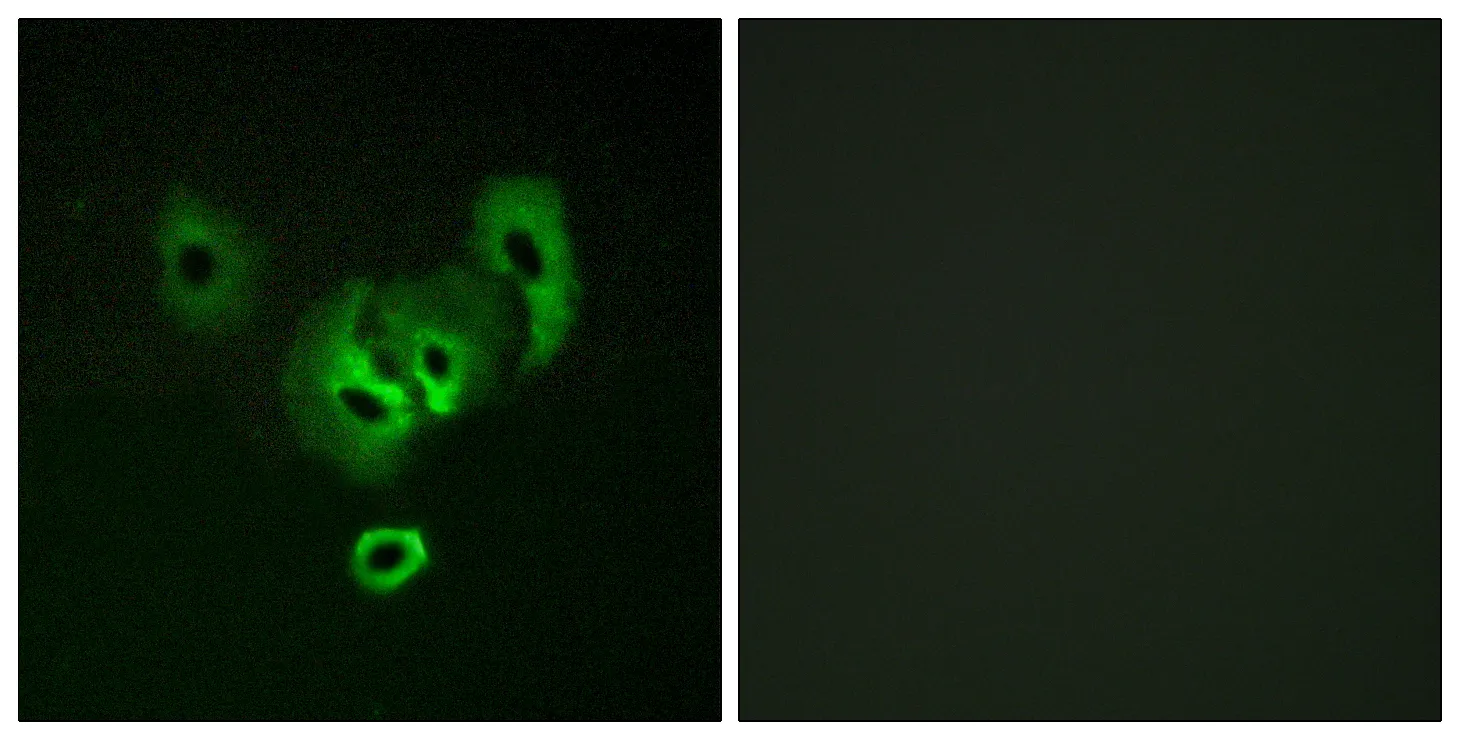Summary
Performance
Immunogen
Application
Background
Aldehyde oxidase produces hydrogen peroxide and, under certain conditions, can catalyze the formation of superoxide. Aldehyde oxidase is a candidate gene for amyotrophic lateral sclerosis. [provided by RefSeq, Jul 2008],catalytic activity:An aldehyde + H(2)O + O(2) = a carboxylic acid + H(2)O(2).,caution:Was originally (PubMed:8248161) thought to be a xanthine dehydrogenase.,cofactor:Binds 2 2Fe-2S clusters.,cofactor:FAD.,cofactor:Molybdopterin.,similarity:Belongs to the xanthine dehydrogenase family.,similarity:Contains 1 2Fe-2S ferredoxin-type domain.,similarity:Contains 1 FAD-binding PCMH-type domain.,subunit:Homodimer.,tissue specificity:Abundant in liver, lower levels in lung, skeletal muscle, pancreas. Undetected in heart, brain and kidney.,
Research Area
Valine; leucine and isoleucine degradation;Tyrosine metabolism;Tryptophan metabolism;Vitamin B6 metabolism;Nicotinate and nicotinamide metabolism;Drug metabolism;




